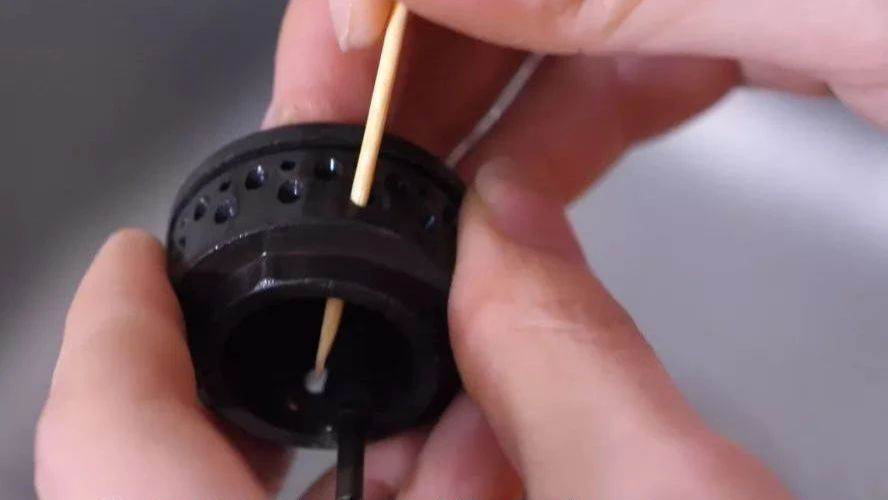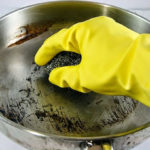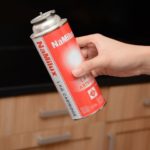Gas stoves typically emit a blue flame during regular usage. However, it is not uncommon for a red flame to be observed upon its activation.
Insufficient heat, slow cooking, and increased gas consumption can occur as a result of these factors. Over time, a black and sticky layer may also develop at the bottom of the pot, impairing heat transfer and potentially leading to damage.
Switching to a red flame is an effective and efficient method for conserving gas consumption and reducing cooking time. This solution is straightforward and does not incur any additional costs.

If you notice a red flame, it is important to determine the cause in order to rectify the issue.
There are typically two primary causes for this particular condition. The first reason is the obstruction of the flame vent due to oil residue and other forms of dirt accumulation. This issue often occurs in gas stoves that have been in use for extended periods. Once the small openings of the gas burner become blocked, it will inevitably impact the flame. Consequently, the flame may decrease in size and even undergo a color transformation from blue to red. By utilizing a toothpick, one can effectively unclog these tiny apertures without the need for water.

To remove the gas burner head from the stove, follow these steps:
1. Locate the burner head on your stove.
2. Turn off the gas supply to the stove by closing the gas valve.
3. Allow the burner to cool down completely before proceeding.
4. Gently lift and twist the gas burner head counterclockwise to disconnect it from the stove.
5. Carefully inspect the burner head for any debris or buildup. Clean as necessary.
6. To reattach the burner head, align the grooves on the burner with the corresponding slots on the stove and twist it clockwise until it is securely in place.
7. Turn on the gas supply and check for any gas leaks.
8. Test the burner to ensure it is working properly before using the stove.
Use a toothpick to gently clean the small holes on the gas stove to remove any dirt or dust that may be causing clogging. This will improve the gas flow and make the flame stronger and blue in color. Once the cleaning is complete, reinstall the gas stove component to its original position. When you turn on the gas stove again, you will notice a more even flame with a restored blue color.

If the issue persists despite the initial troubleshooting method, it may indicate a different cause. Over time, certain gas stoves may experience decreased gas supply. In the event this occurs, there is no need for alarm, as the situation can be resolved.
To rectify this issue, the problem can be resolved by adjusting the control valve of the gas stove. Located underneath the appliance, lifting the gas stove will unveil the valve. In cases where the flame appears red in color, manually rotating the valve until the flame transitions into a desirable blue hue should restore proper functionality.

Hey guys, just wanted to give you a quick update on what’s been happening lately. So I went to this really cool concert last night, it was amazing! The band played all their hits and the crowd was just electric. I had such a great time!
In other news, I finally finished that project I’ve been working on for the past few weeks. It was a lot of hard work, but I’m really proud of how it turned out. Can’t wait to show it to you all!
Anyway, that’s all I have for now. I’ll keep you updated with more exciting news soon. Take care!
How to Resolve the Issue of a Blackened Cooking Gas Stove Pot
 Stove Pot’>
Stove Pot’>Having used a gas stove for an extended period can lead to the accumulation of dirt and grime on pots and pans that’s difficult to remove. Let’s explore why this happens and what can be done to resolve it when cooking with a gas stove!
Tips for Dealing with a Red Flame on a Gas Stove
 Red Flame on a Gas Stove’>
Red Flame on a Gas Stove’>Cooking with a red flame has its disadvantages: it can be slow and consume more gas than usual. Furthermore, a black and sticky layer can form at the bottom of the pan, negatively impacting the heat transfer process and causing potential damage. If this happens, it is important to take swift action.




































